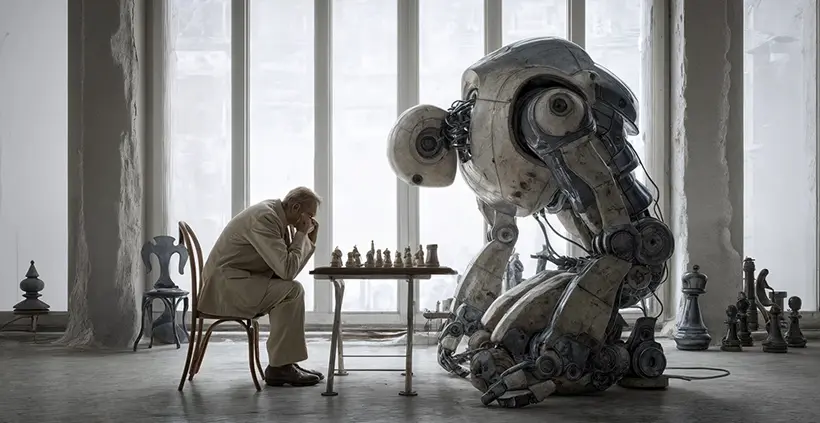AI vs Artists

The Role of AI in Creativity
AI’s entry into the creative domain started with simple algorithms that produced intriguing visuals. Today, AI systems can replicate artistic styles, generate hyper-realistic images, compose music, and even write scripts. The appeal of AI lies in its efficiency - it can produce complex outputs in minutes, a process that might take humans weeks or months. This has made it particularly popular in commercial industries like advertising, product design, and digital media.
However, AI's capabilities come with limitations. It relies on pre-existing datasets for training and cannot create art beyond the patterns and styles it has learned. While an AI-generated painting might be visually stunning, it lacks the emotional depth and storytelling that comes from lived experiences. In this sense, AI is a replicator, not a creator - it generates art based on prompts but cannot imbue it with the personal touch that defines human creativity.
Ethical Concerns and the Human Touch
One of the most contentious issues surrounding AI in art is the question of originality and intellectual property. AI models are trained on massive datasets that often include copyrighted works, leading to accusations of plagiarism. For instance, an AI that mimics the style of a renowned artist may produce works that closely resemble the original, raising questions about who owns the copyright. Is it the programmer, the user who gave the prompt, or no one at all?
This ethical dilemma has left many artists feeling threatened. If AI can replicate their style without their consent, it risks devaluing their work. At the same time, some artists see AI as a collaborator rather than a competitor. Digital illustrators use AI to speed up their workflows, musicians experiment with AI-generated melodies, and filmmakers rely on AI for editing and effects. By integrating AI into their creative process, they unlock new possibilities without losing their individuality.
Ultimately, what sets human artists apart from AI is their ability to connect with audiences on an emotional level. Art is more than just visual or auditory appeal; it is a reflection of personal, cultural, and societal narratives. While AI can generate technically perfect pieces, it cannot replicate the human experience that gives art its soul.
Finding a Balance
Rather than framing the relationship between AI and artists as adversarial, we should view it as an opportunity for collaboration. AI has the potential to handle repetitive tasks, freeing artists to focus on innovation and exploration. The fusion of human intuition and AI precision could lead to entirely new art forms, blending technology with emotional depth.
To achieve this balance, ethical guidelines must be established. Clear regulations on the use of copyrighted material in AI training datasets and fair compensation for artists whose work influences AI outputs are essential. Education and awareness are also crucial - helping artists understand AI’s potential as a tool rather than a threat can lead to greater acceptance and creativity.
The advent of AI in the art world is not the end of human creativity but a new chapter. While AI can mimic and automate certain aspects of art, it cannot replace the emotional depth and originality that only humans can provide. The future lies in collaboration, where artists use AI to amplify their creativity and push boundaries, rather than compete with it. By embracing AI as an ally, we can ensure that technology enhances rather than overshadows the beauty and meaning of human art.